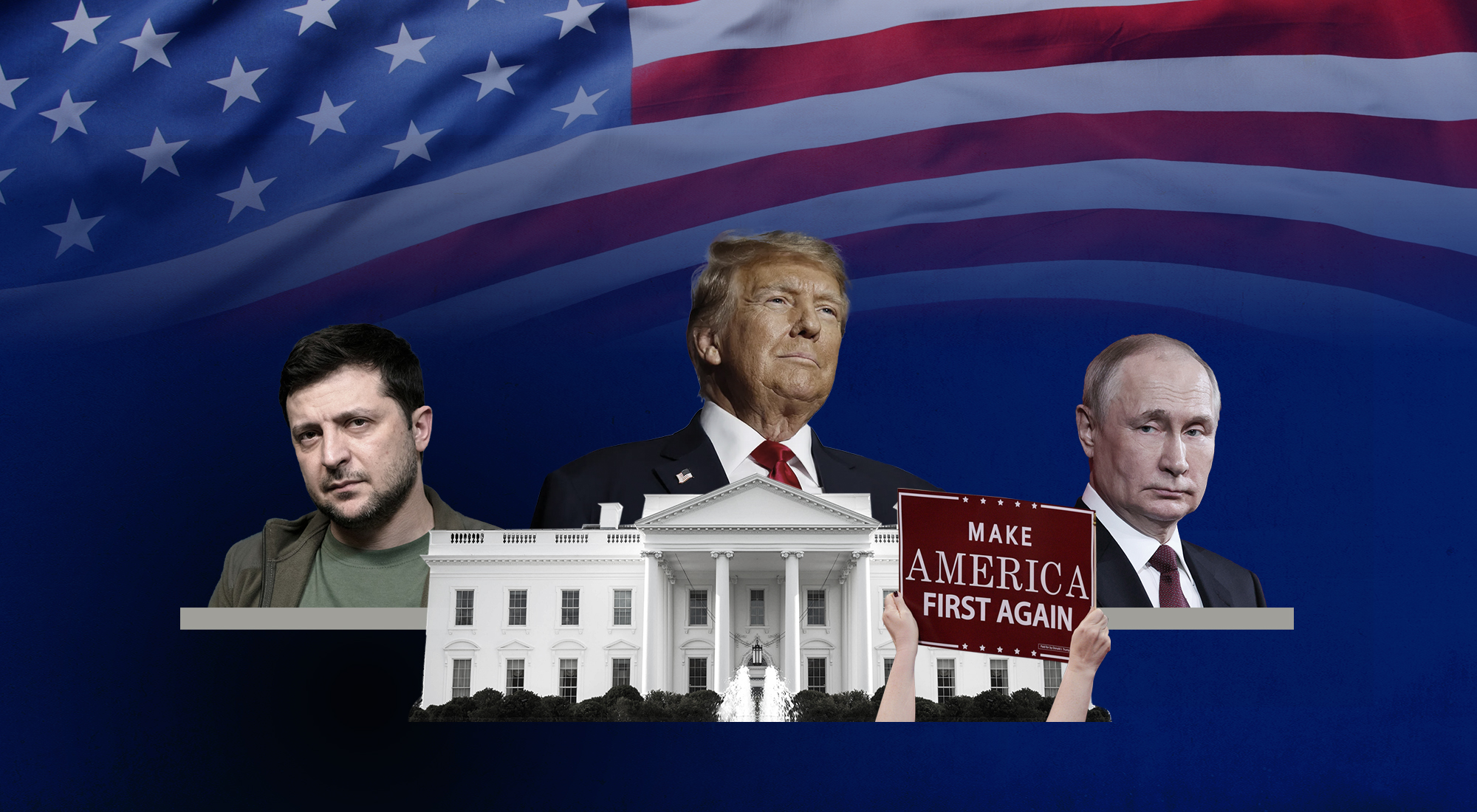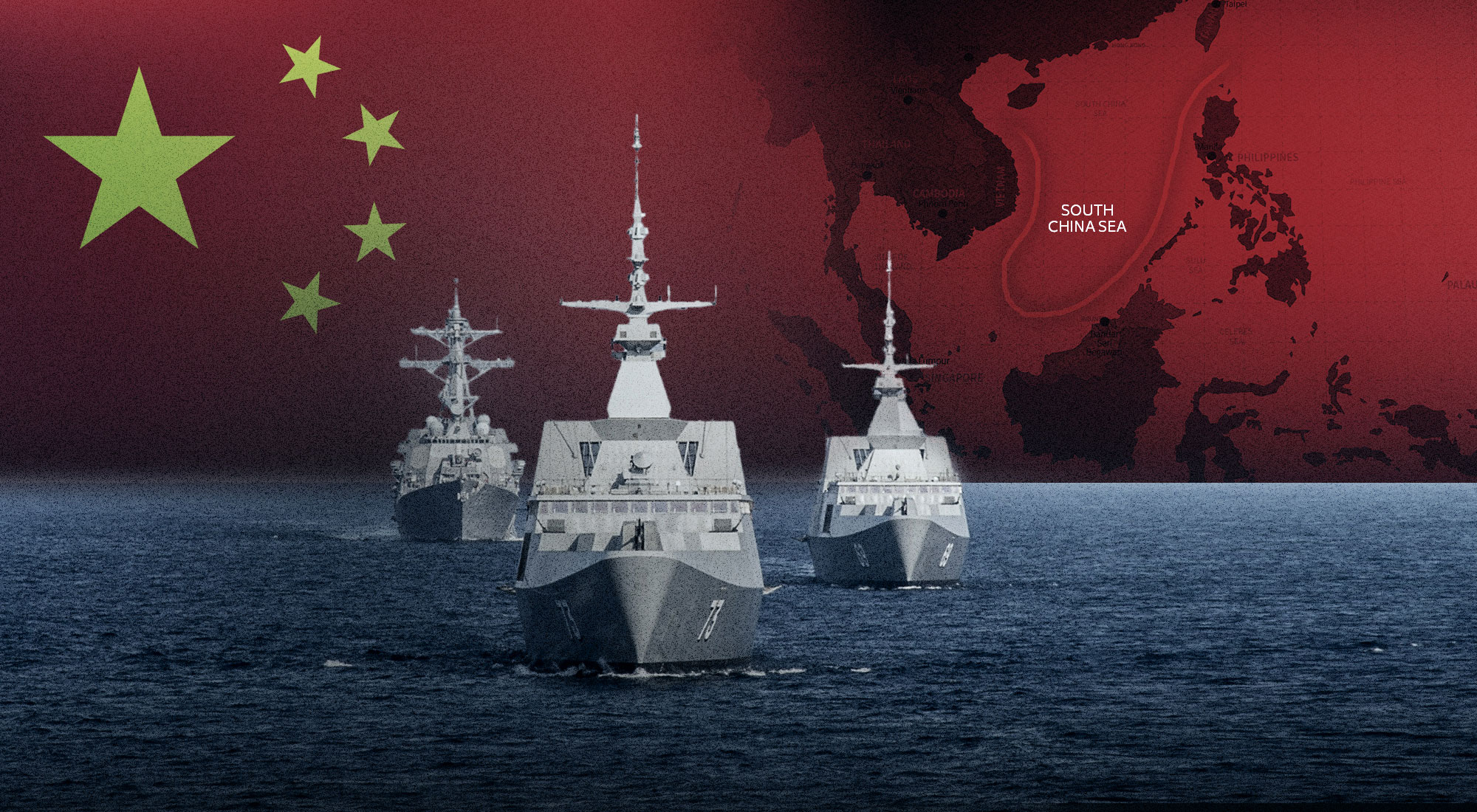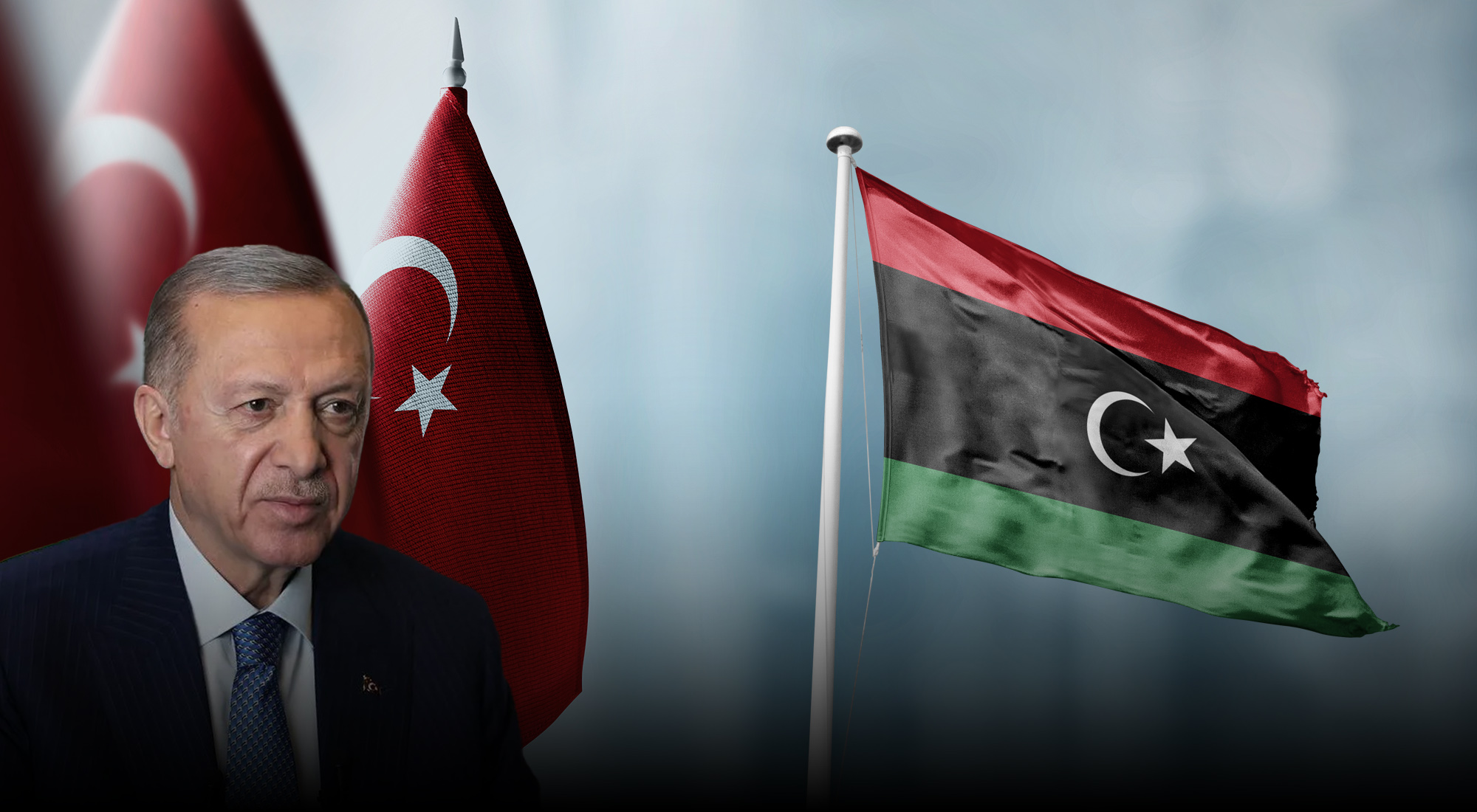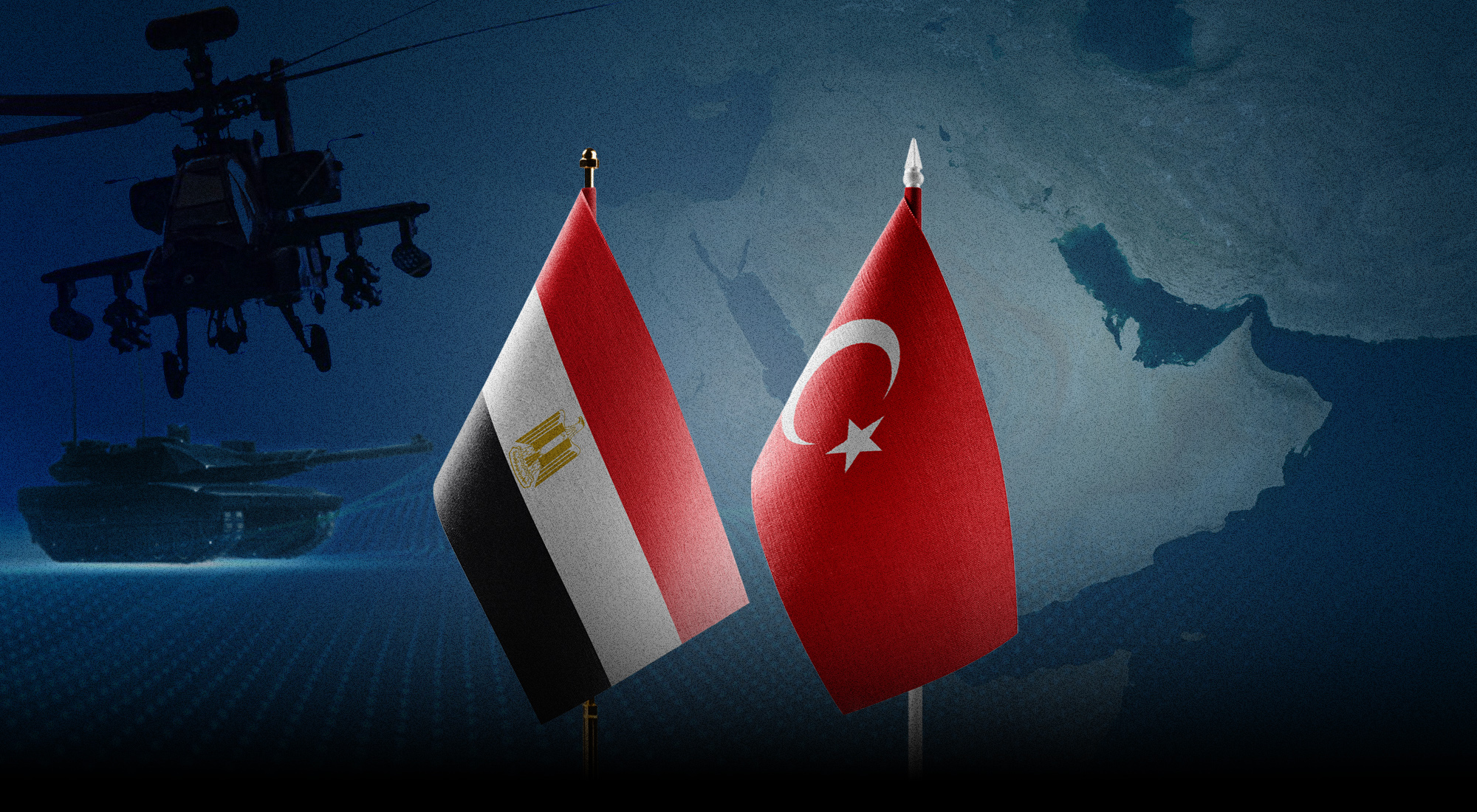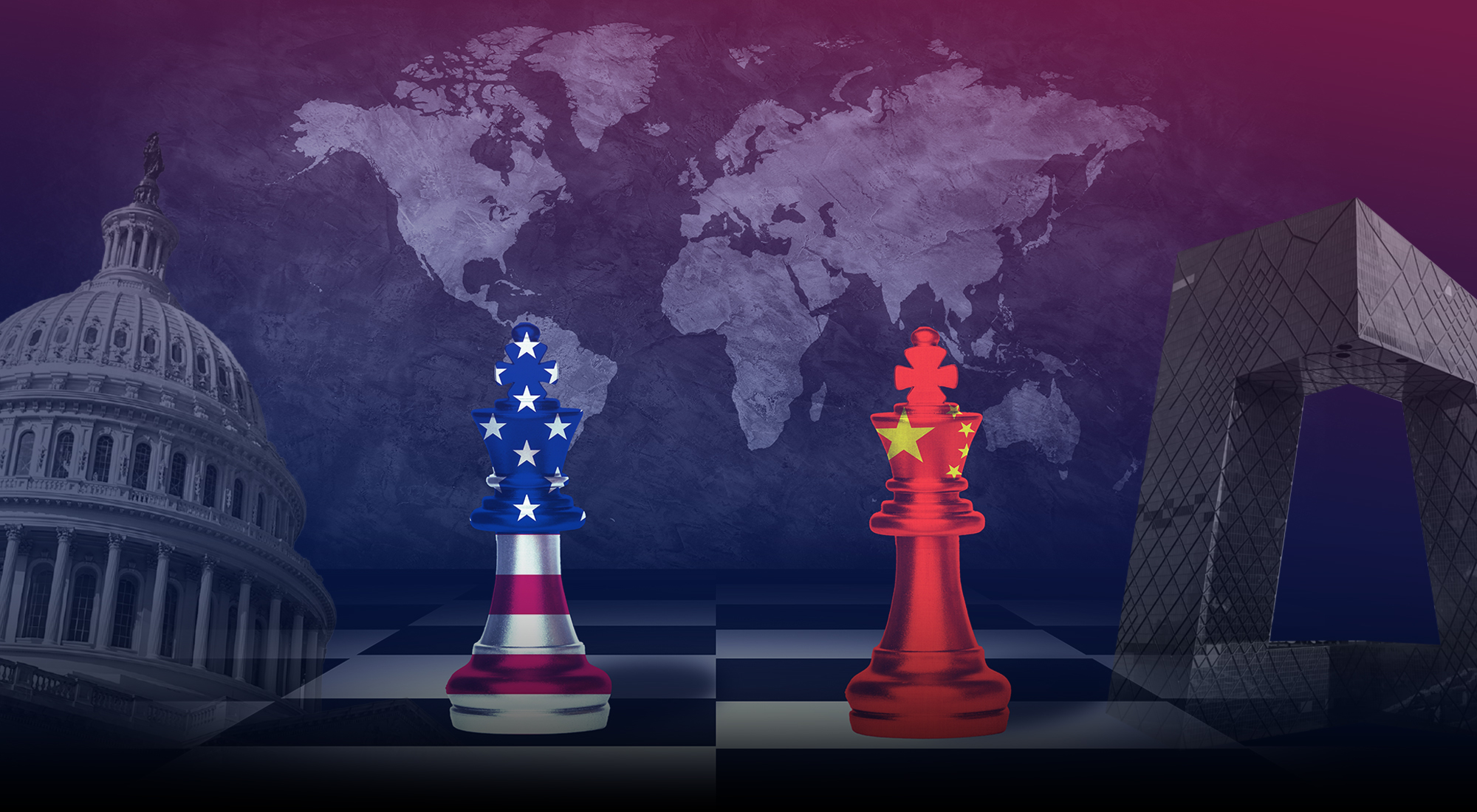The incoming Trump administration is set to redefine America’s strategy toward the Russia-Ukraine war, a cornerstone of Donald Trump’s campaign rhetoric over the past three years. Demonstrating his commitment to this agenda, Trump acted quickly after his election victory, appointing Keith Kellogg as the first U.S. envoy to Ukraine and Russia. This newly created position underscores the administration’s intention to tackle the conflict through dialogue with Russia, aiming to broker a ceasefire and negotiate a lasting peace agreement.
Kellogg, an 80-year-old retired U.S. Army Lieutenant General, served as national security advisor during Trump’s first administration (2017–2021), providing counsel to both President Trump and Vice President Mike Pence. He currently co-chairs the Center for American Security at the America First Policy Institute (AFPI), a non-profit think tank founded in 2021 by prominent members of Trump’s team, including Brooke Rollins, Trump’s nominee for Agriculture Secretary, and Larry Kudlow, the former Director of the National Economic Council.
In April 2024, Kellogg co-authored a policy paper for AFPI alongside the organization’s vice-chair, Fred Fleitz, a former CIA analyst who also served as Chief of Staff of the National Security Council during Trump’s first administration. The research report, titled “America First, Russia, & Ukraine,”[1] was reportedly presented to Trump in June 2024, who, according to Fleitz, “responded favorably” to the plan,[2] which may have influenced Kellogg’s nomination following the election.
The report characterizes the war in Ukraine as an “avoidable crisis,” attributing it to what it describes as the Biden administration’s ineffectual policies, which allegedly conflict with an “America First” approach to national security—a core theme of Trump’s campaign rhetoric.
For Kellogg and Fleitz, the key points in defining an “America First” national security policy include:
| Strong Leadership: A decisive president who demonstrates leadership on the global stage, appoints capable national security officials, and enacts a clear and effective foreign policy. |
| Military Strength: Maintaining a robust military to safeguard the nation while using military force judiciously and avoiding prolonged or unnecessary wars. |
| Selective Alliances: Collaborating with allies and regional partners to ensure security but expecting those allies to share the burden of defense responsibilities in their regions. |
The report argues that an America First-driven foreign policy deterred Russia from engaging in conflict with Ukraine during Trump’s first administration. According to Kellogg and Fleitz, Trump’s unconventional leadership style fostered “deterrence and peace through strength.” They assert that Putin perceived Trump as a decisive and unpredictable leader who was prepared to use all available tools to defend U.S. interests. This perception, they claim, projected an aura of resolve that effectively deterred Putin from taking aggressive actions during Trump’s term.
Kellogg further contends that during his first administration, Trump prioritized a transactional approach to U.S.-Russia relations, asserting that this strategy was consistent with how previous U.S. presidents engaged with Soviet-era leaders during the Cold War. Trump, who frequently campaigned on promises to swiftly end the war if re-elected, emphasized the importance of establishing a pragmatic, cooperative working relationship with Russia to help deescalate tensions.
In contrast, Kellogg contends that the Biden administration has rejected this approach, opting instead to vilify and alienate Putin, which he claims has driven Russia closer to China, Iran, and North Korea—America’s primary adversaries. As a result, the Russian military has reportedly received support from North Korean troops to bolster its war efforts against Ukraine,[3] as well as thousands of Iranian-supplied drones, including the Shahed-136. Commonly referred to as “suicide” or “kamikaze” drones, the Shahed-136 is cost-effective yet highly destructive, especially when deployed in large numbers to maximize damage.[4]
The Cost of War
Since February 2022, the Biden administration has provided nearly US$92.5 billion in combined financial, humanitarian, and military aid to Ukraine.[5] Despite this substantial support, the war remains a devastating and costly stalemate, with Russia currently controlling 18% of Ukraine’s territory.[6] During an interview with TRT World, Kellogg stated the war’s price tag comes at the expense of U.S. taxpayers with “no accountability.”[7] He further argued that President Biden’s lack of a “coherent strategy” for ending the conflict in Ukraine, coupled with his commitment to “arm Ukraine for as long as it takes,” has effectively prolonged the war.
For Biden, U.S. support for Ukraine has come to symbolize the defense of democracy and national sovereignty. However, Kellogg dismissed this as “a hope based on emotion,” rather than a clear strategy. He argued that the current U.S. approach has transformed the conflict into a proxy war against Russia, extending its duration through ongoing military aid to Ukraine.[8]
Recent estimates from The Economist suggest that since the onset of the war in February 2022, 60,000 to 100,000 Ukrainian soldiers have been killed, with another 400,000 injured to the extent that they can no longer fight. On the Russian side, between 462,000 and 728,000 soldiers have been killed, injured, or captured.[9] However, these figures are rough estimates, as the fog of war and a lack of transparent data obscure the full reality of the conflict.
In an effort to bolster its armed forces under martial law, President Volodymyr Zelenskyy signed legislation in April lowering the maximum recruitment age from 27 to 25. However, as Ukraine continues to face heavy attrition on the battlefield, President Biden in November urged Kyiv to lower the conscription age further, to 18, with a senior U.S. administration official telling reporters, “Ukraine was not mobilizing or training enough new soldiers to replace those lost on the battlefield.”[10]
Despite U.S. pressure, the proposal to lower the conscription age has met with resistance in Kyiv. Ukrainian officials have instead emphasized the need for advanced weaponry from their American allies, arguing that technology, not manpower, is the key to turning the tide of the war. “The army must be technologically advanced and have enough weapons. We will not compensate, for example, for the lack of weapons or their range with the youth of the guys,” a Ukrainian official told AFP.[11]
Kellogg – Fleitz Peace Proposal for Ukraine
In their report America First, Russia, & Ukraine,[12] Kellogg and Fleitz outline a strategy for addressing the Ukraine war rooted in America First ideology, prioritizing U.S. interests over what they describe as “idealistic principles.” They argue that this approach should not be misconstrued as isolationist or a retreat from global engagement. Instead of indefinitely arming Ukraine “for as long as it takes” in a war they view as a stalemate, Kellogg and Fleitz advocate for supporting Ukraine in a way that positions it for negotiations from a place of diplomatic strength. While acknowledging the importance of military aid, they contend that continuous military packages amount to “expensive virtue signaling” and fail to align with a coherent U.S. strategy to end the war.
Their approach emphasizes a carrot-and-stick methodology, leveraging diplomatic tools to achieve a ceasefire and a negotiated peace settlement. For Ukraine, they propose providing military aid sufficient to deter future aggression and defend itself post-ceasefire. However, this support would be conditional upon Ukraine’s active engagement in peace talks with Russia. Conversely, if Russia refuses to negotiate, the U.S. would respond by providing additional military aid to Ukraine.
For Russia, Kellogg and Fleitz recommend pausing NATO membership discussions for Ukraine as part of a broader peace deal. This deal would include verifiable mechanisms and security guarantees, though they offer limited details on what such structures might entail. One example put forth is the establishment of a demilitarized zone along current battle lines, monitored and enforced by a neutral entity such as the United Nations or the Organization for Security and Cooperation in Europe (OSCE).[13]
To further incentivize Russian cooperation, they suggest offering limited sanctions relief if Russia adheres to the ceasefire, accepts the demilitarized zone, and participates in peace talks. However, a full lifting of sanctions and the normalization of U.S.-Russia relations would remain contingent on the signing and sustained implementation of a formal peace agreement.
Strategic Challenges: Ukraine’s Path Forward Amid U.S. Policy Changes
Concerns are growing in Ukraine over the possibility that the incoming Trump administration may pressure Kyiv to concede its occupied land—amounting to nearly one-fifth of Ukraine’s territory[14]—in exchange for peace. Such a proposal is likely to face strong resistance from President Zelenskyy, whose overarching objective remains the restoration of Ukraine’s internationally recognized pre-2014 borders, including Crimea.[15] Trump’s team has indicated a preference for freezing current battle lines and implementing an immediate ceasefire as a precursor to negotiations, rather than continuing prolonged military engagements.
Despite President Zelenskyy’s firm stance on Ukraine’s NATO aspirations, General Kellogg has signaled that the Trump administration may consider postponing Ukraine’s NATO membership to encourage Russia to engage in negotiations over occupied territory. President Zelenskyy recently expressed his intention to press forward with a diplomatic solution, aiming to regain lost land. However, Zelenskyy emphasized that such negotiations could only occur when Ukraine is “strong enough,”[16] a possible reference to his Victory Plan, which he has described as a strategic “bridge” to positioning Ukraine favorably in talks with Russia.
President Zelenskyy’s 5-point Victory Plan focuses on political, economic, and security measures, including NATO membership—which Zelenskyy views as “fundamental for peace.” The remaining components of the plan prioritize strengthening Ukraine’s defense capabilities through allied support in bolstering air defenses, investing in Ukraine’s defense production, lifting restrictions on long-range weapons, and providing real-time satellite and intelligence data. The plan also proposes establishing a non-nuclear defense strategy on its territory to deter any future military aggression, joint U.S.-EU protection and economic collaboration over Ukraine’s critical natural resources and, post-war, replacing some U.S. troops in Europe with Ukrainian forces.[17]
The Last Curtain Call: Allocating Military Aid Before the Trump Transition
Before leaving office, the Biden administration announced a US$725 million military assistance package to Ukraine, which will include Stinger missiles for air defense, Counter-Unmanned Aerial Systems (c-UAS) to combat drones, ammunition for High Mobility Artillery Rocket Systems (HIMARS) precision artillery, Unmanned Aerial Systems (UAS) for reconnaissance and engagement, Javelin missiles for anti-armor operations, and TOW missiles for targeting heavily armored vehicles. These systems aim to strengthen Ukraine’s ability to defend its territory and respond to ongoing hostilities.[18]
In one of his final public addresses as Defense Secretary, Lloyd Austin announced that the Pentagon would provide Ukraine with an additional US$1 billion in “longer-term” military aid, aimed at strengthening Ukraine’s defense capabilities over an extended period. This package includes drones and munitions for the HIMARS systems already deployed, designed to bolster Ukraine’s ability to counter ongoing threats.[19] As the Biden administration nears the end of its term, it faces mounting pressure to allocate the remaining congressionally approved funding for Ukraine before January 2025.
However, the future of such advanced military assistance remains uncertain as the incoming Trump administration prepares to take office. Should peace talks stall or collapse, and if Trump delays future military aid to Ukraine, the consequences could be severe, undermining Ukraine’s defenses and potentially altering the geopolitical balance. Such a shift would likely complicate efforts to achieve a sustainable and peaceful resolution to the conflict.
Conclusion – a difficult, but not impossible path forward
During President Trump’s visit to Paris in December 2024 for the reopening of Notre Dame Cathedral, French President Emmanuel Macron hosted a trilateral meeting with President Trump and Ukrainian President Zelenskyy to address concerns over the potential weakening of U.S. support for Ukraine once Trump assumes office in January 2025. Following the discussions, Trump told French reporters that he was “formulating a concept” for ending the war in Ukraine.[20] His proposed first step appears to involve brokering a ceasefire, freezing the conflict along current front lines, and temporarily pausing discussions on Ukraine’s NATO ambitions.[21]
For President Zelenskyy, however, the idea of delaying NATO membership in exchange for a conceptual plan carries significant risks. To mitigate these risks, Zelenskyy is advocating for robust security guarantees. One proposal he has suggested is the stationing of foreign troops inside Ukraine as a temporary measure until NATO membership is finalized,[22] a signal that the Ukrainian president may be open to negotiations despite his strong reservations about compromising on NATO aspirations.
Nonetheless, Ukraine may approach the Trump administration’s proposals with caution, given the historical precedents. In 1994, Ukraine surrendered its nuclear arsenal—the third largest in the world at the time[23]—under the Budapest Memorandum in exchange for assurances of security and sovereignty, as agreed upon with the U.S., the UK, and Russia. However, these guarantees did not deter the current conflict, raising concerns about the reliability of such commitments.
In a recent speech to his public, Ukrainian President Zelenskyy highlighted the failure of the Budapest Memorandum, noting that in the 30 years since its signing and a decade of war, it has never been effectively upheld. He emphasized that this failure serves as a global reminder that signatures, assurances, and promises alone are insufficient to guarantee security. Rather, Zelenskyy underscored the need for tangible security measures, calling for effective guarantees, genuine alliances, and a robust internal security framework. He stressed the importance of defensive and deterrent capabilities, including weapons, to protect against aggression.[24]
Likewise, Russia may also hold similar reservations as trust between Moscow and Washington remains at a historical low. Nonetheless, President Putin has publicly maintained that Moscow’s “special military operation” in Ukraine will only conclude once its stated objectives are achieved. These goals include the demilitarization of Ukraine, along with its adoption of a “neutral” status, and the formal recognition of Russia’s territorial gains throughout the conflict.[25] While these demands are unlikely—if not impossible—for Ukraine to accept, a potential compromise could involve offering Ukraine conditional NATO membership in exchange for its withdrawal of forces from Russia’s Kursk region. This area became a focal point in August when Ukraine launched a counteroffensive aimed at establishing a buffer zone to deter future attacks.[26]
Former U.S. Ambassador to Russia Michael McFaul contends that the prospect of NATO membership could incentivize President Zelenskyy to agree to a framework in which Kyiv commits to pursuing the reunification of Ukraine exclusively through peaceful means. He suggests that such an approach could be strategically framed to reassure Russia, emphasizing that NATO membership would “constrain” Ukraine and limit its ability to act aggressively toward Russia.[27]
While Ukraine and Russia remain deeply divided on how to resolve the war, one undeniable reality unites them: nearly three years of combat have exacted a devastating toll, both in human lives and economic costs, with the public on both sides experiencing war fatigue and increasing pressure on their leaders to pursue a path toward resolution. As a result of the U.S. election, American voters have placed the future of Ukraine’s war in the hands of the incoming Trump administration. Now, it falls to the man who promised a swift end to the conflict to translate rhetoric into action and prove whether diplomacy can succeed where war has failed.
[1] Keith Kellogg and Fred Fleitz, “America first, Russia, & Ukraine,” America First Policy Institute, April 11, 2024, https://americafirstpolicy.com/issues/america-first-russia-ukraine.
[2] Gram Slattery and Sam Lewis, “Trump reviews plan to halt U.S. military aid to Ukraine unless it negotiates peace with Moscow,” Reuters, June 25, 2024, https://www.reuters.com/world/us/trump-reviews-plan-halt-us-military-aid-ukraine-unless-it-negotiates-peace-with-2024-06-25/.
[3] Mathieu Pollet, “Significant number’ of North Korean troops in Kursk, Zelenskyy says,” POLITICO, December 15, 2024, https://www.politico.eu/article/russia-putin-significant-number-north-korean-troops-attack-soldiers-zelenskyy-ukraine-war/.
[4] Frud Bezhan, “The ‘kamikaze’ drones Iran used to attack Israel,” Radio Free Europe/Radio Liberty, April 14, 2024, https://www.rferl.org/a/iran-shahed-drones-israel-attack/32904882.html.
[5] “Ukraine Support Tracker,” Kiel Institute for the World Economy, December 5, 2024, https://www.ifw-kiel.de/topics/war-against-ukraine/ukraine-support-tracker/.
[6] Guy Faulconbridge and Lidia Kelly, “Russia accelerates advance in Ukraine’s east,” Reuters, November 27, 2024, https://www.reuters.com/world/europe/russia-advances-ukraine-fast-pace-moving-into-kurakhove-analysts-say-2024-11-26/.
[7] “Who is Keith Kellogg, Trump’s pick as envoy for Ukraine and Russia?” TRT World, November 29, 2024, [Video], YouTube. https://www.youtube.com/watch?v=xMI3wSxrEA0
[8] Kellogg and Fleitz, “America first, Russia, & Ukraine.”
[9] Martin Fornusek, “The Economist estimates 60,000-100,000 Ukrainian soldiers killed in full-scale war,” The Kyiv Independent, November 27, 2024, https://kyivindependent.com/economist-casualties-estimates/.
[10] Jeff Mason, “US urges Ukraine to lower fighting age to 18 to bolster ranks, official says,” Reuters, November 28, 2024, https://www.reuters.com/world/us-urges-ukraine-lower-fighting-age-18-bolster-ranks-official-says-2024-11-27/
[11] “Ukraine rejects US call to lower draft age: Senior official,” Al Arabiya News, December 5, 2024, https://english.alarabiya.net/News/world/2024/12/05/ukraine-rejects-us-call-to-lower-draft-age-senior-official-
[12] Kellogg and Fleitz, “America first, Russia, & Ukraine.”
[13] Richard Haass and Charles Kupchan, “The West needs a new strategy in Ukraine: A plan for getting from the battlefield to the negotiating table,” Foreign Affairs, April 13, 2023, https://www.foreignaffairs.com/ukraine/russia-richard-haass-west-battlefield-negotiations
[14] Nicolai Petro and Ted Snider, “Is Zelensky softening his tone on territorial concessions?,” Responsible Statecraft, December 4, 2024, https://responsiblestatecraft.org/ukraine-concessions/.
[15] Veronika Melkozerova and Hans von der Burchard, “Ukraine peace plans galore: Lots of ideas to end the fighting but the sides remain far apart,” POLITICO, December 2, 2024, https://www.politico.eu/article/war-in-ukraine-peace-plans-russia-donald-trump-vladimir-putin-volodymyr-zelenskyy/.
[16] Anastasiia Malenko, “Ukraine must find diplomatic solutions to retake occupied territory, Zelenskiy tells Kyodo news,” Reuters, December 2, 2024, https://www.reuters.com/world/europe/ukraine-must-find-diplomatic-solutions-retake-occupied-territory-zelenskiy-tells-2024-12-02/.
[17] Office of the President of Ukraine, “The Victory Plan consists of five points and three secret details already agreed upon with partners – address by President Volodymyr Zelenskyy,” President of Ukraine Official Website, October 27, 2024, https://www.president.gov.ua/en/news/plan-peremogi-skladayetsya-z-pyati-punktiv-i-troh-tayemnih-d-93857.
[18] U.S. Department of State, “United States announces significant new military assistance for Ukraine,” December 2, 2024, https://www.state.gov/united-states-announces-significant-new-military-assistance-for-ukraine-14/.
[19] Tara Copp, “US announces nearly $1 billion more in longer-term weapons support for Ukraine,” Associated Press, December 8, 2024, https://apnews.com/article/ukraine-weapons-russia-trump-biden-himars-zelenskyy-7b2560ad6bd54a6275da0ceb5241c0e8.
[20] Martin Fornusek, “Trump ‘formulating a concept’ to end Russia-Ukraine war,” The Kyiv Independent, December 9, 2024, https://kyivindependent.com/trump-putin-war/.
[21] Ibid.
[22] Yohannes Lowe and Tom Bryant, “Volodymyr Zelenskyy suggests foreign troops could be deployed to Ukraine before NATO membership agreed,” The Guardian, December 9, 2024, https://www.theguardian.com/world/live/2024/dec/09/russia-ukraine-war-live-donald-trump-ceasefire-call-volodymyr-zelenskyy.
[23] Budjeryn, Mariana and Mathew Bunn, “Budapest Memorandum at 25: Between Past and Future,” Harvard Kennedy School, March 2020, Retrieved from https://www.hks.harvard.edu/publications/budapest-memorandum-25-between-past-and-future.
[24] Volodymyr Zelenskyy, “A mere signature by any state or any assurances or promises are not enough for security; what’s needed are effective guarantees – Address by the President,” Official website of the President of Ukraine, December 5, 2024, Retrieved from https://www.president.gov.ua/en/news/prosto-pidpisu-bud-yakoyi-derzhavi-yakihos-zapevnen-chi-obic-94833.
[25] Elena Teslova, “Kremlin says Russia’s ‘special operation’ in Ukraine to end once goals achieved,” Anadolu Agency, September 24, 2024, https://www.aa.com.tr/en/russia-ukraine-war/kremlin-says-russias-special-operation-in-ukraine-to-end-once-goals-achieved/3339921#.
[26] Michael McFaul, “How Trump can end the war in Ukraine,” Foreign Affairs, December 12, 2024, Retrieved from https://www.foreignaffairs.com/ukraine/how-trump-can-end-war-ukraine.
[27] Ibid.



